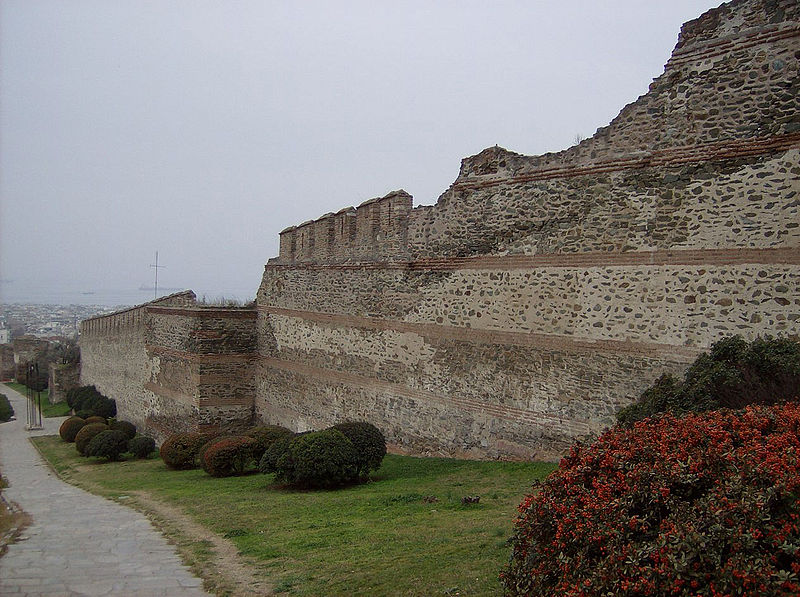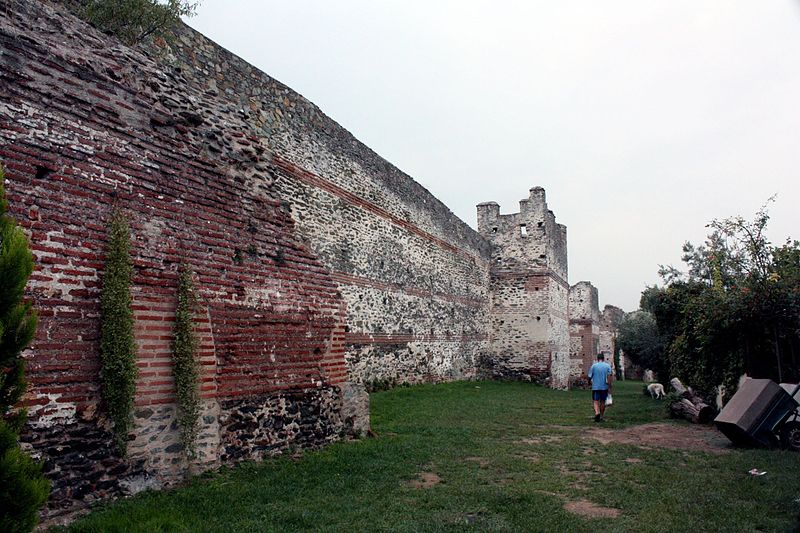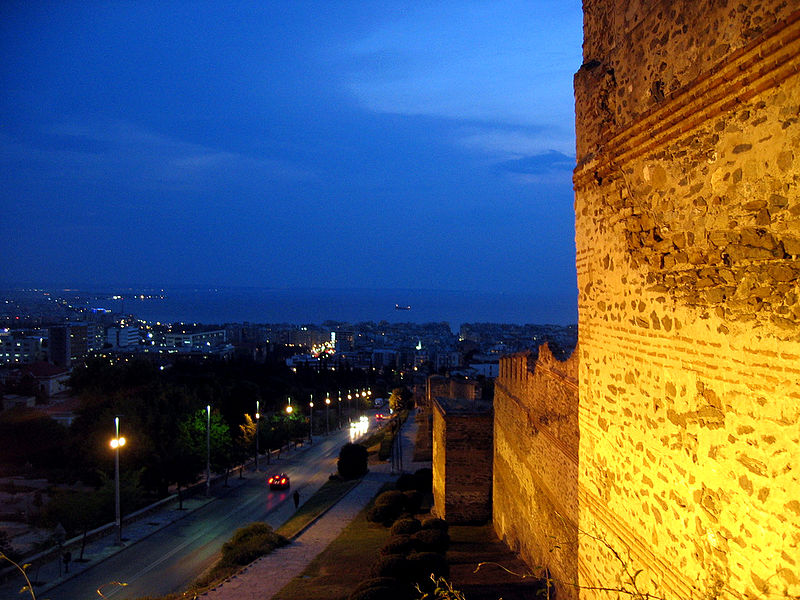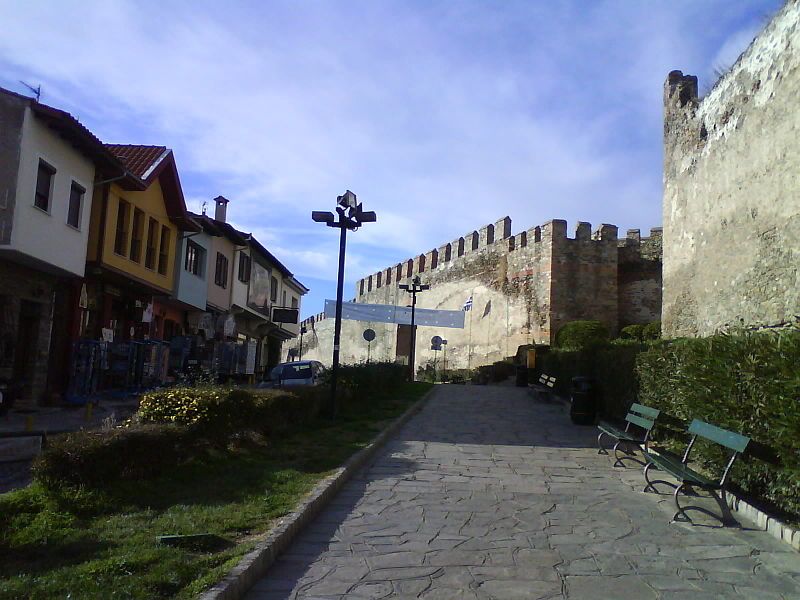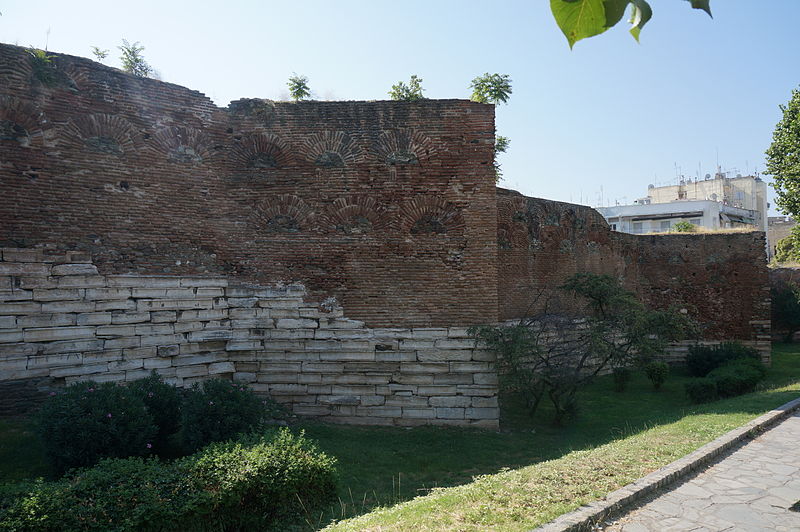Walls of Thessaloniki, Thessaloniki
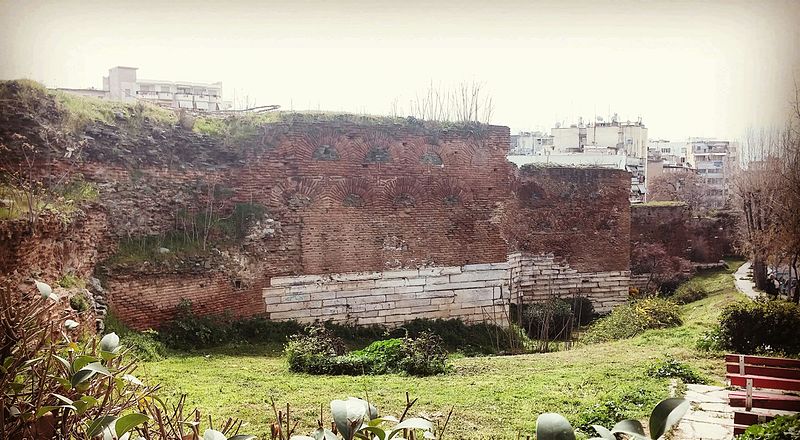
Facts and practical information
The Walls of Thessaloniki are an emblematic historical feature of the city, encapsulating its rich past and standing as a testament to the various eras that have shaped Thessaloniki, Greece. These formidable city walls were constructed over time, with the first fortifications dating back to the 3rd century AD, when the Romans recognized the strategic importance of the city.
Throughout the centuries, the walls were expanded and reinforced, particularly during the Byzantine period, when Thessaloniki served as a vital hub in the empire. The walls reached their greatest extent during the Middle Ages, encircling the city and providing a formidable defense against invaders. Portions of the walls were demolished in the late 19th and early 20th centuries to make way for urban expansion, but significant sections still stand, offering a glimpse into the city's storied past.
Today, the Walls of Thessaloniki are revered as a cultural landmark. Visitors can explore the surviving sections, which include the imposing Heptapyrgion fortress, once the city's acropolis and later a notorious prison, now a site of historical significance. The walls offer a unique vantage point for panoramic views of the city and Thermaic Gulf, making them a favorite spot for both tourists and locals.
Θεσσαλονίκη (Ana Πόλις)Thessaloniki
Walls of Thessaloniki – popular in the area (distance from the attraction)
Nearby attractions include: Hagios Demetrios, Atatürk Museum, Rotunda, Heptapyrgion.
Frequently Asked Questions (FAQ)
Which popular attractions are close to Walls of Thessaloniki?
How to get to Walls of Thessaloniki by public transport?
Bus
- Κελαδησ • Lines: 23 (2 min walk)
- Ταχυδρομειο • Lines: 23 (3 min walk)
Metro
- Αγίας Σοφίας • Lines: Βασική Γραμμή Μετρό, Γραμμή Μετρό Καλαμαριάς (20 min walk)
- Σιντριβάνι • Lines: Βασική Γραμμή Μετρό, Γραμμή Μετρό Καλαμαριάς (20 min walk)


